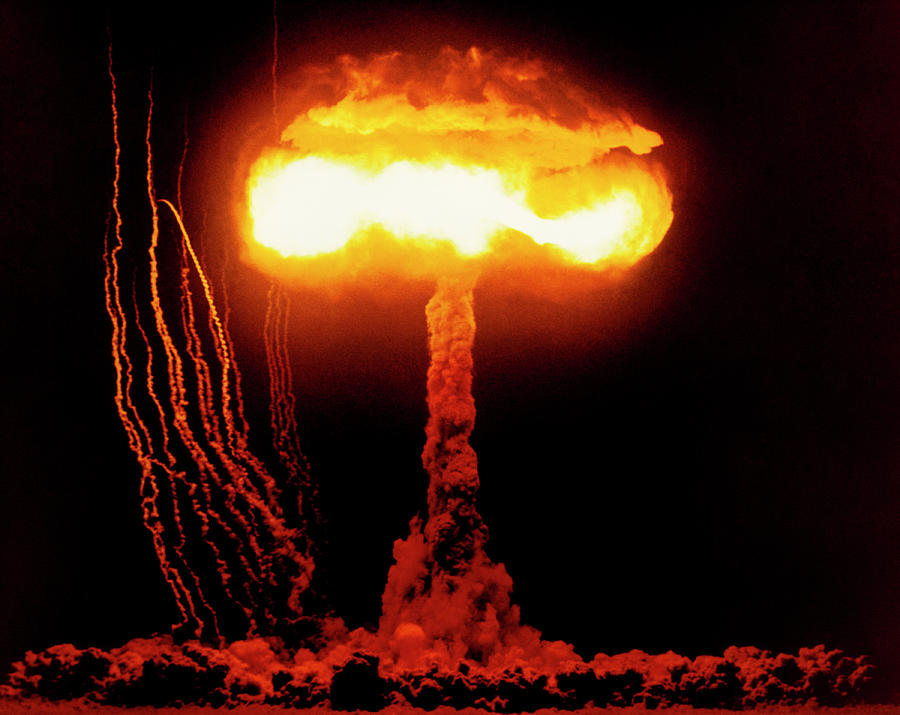The Untold Story: The Third Atomic Bomb That Was Never Dropped on Japan
In the final days of World War II, the United States dropped two atomic bombs on Japan: one on Hiroshima on August 6, 1945, and another on Nagasaki on August 9, 1945. These bombings resulted in catastrophic destruction and significant loss of life, ultimately leading to Japan's surrender on August 15, 1945. However, a lesser-known aspect of this history is that the United States had a third atomic bomb prepared, but it was never deployed. The reasons behind this decision are complex and multifaceted.
Strategic and Humanitarian Considerations
After the devastation caused by the first two bombs, there was an intense debate among U.S. military and political leaders about whether to use a third bomb. The primary goal of using atomic bombs was to force Japan into unconditional surrender and to avoid a protracted and bloody invasion of the Japanese mainland. The bombs on Hiroshima and Nagasaki had already demonstrated the overwhelming destructive power of atomic weaponry. The sheer scale of destruction and the massive civilian casualties led to a swift reconsideration of the necessity and morality of using a third bomb.
Diplomatic and Political Factors
The use of atomic bombs was also influenced by the broader geopolitical context. The Soviet Union had declared war on Japan on August 8, 1945, and began its invasion of Japanese-occupied territories in Manchuria. The entry of the Soviet Union into the war against Japan added significant pressure on the Japanese government to surrender. Additionally, there were concerns about the post-war balance of power and the desire to limit Soviet influence in Asia. The successful use of two atomic bombs had already sent a strong message to the world, including the Soviet Union, about the United States' new military capabilities.

Logistical and Practical Issues
Logistical challenges also played a role in the decision not to drop a third bomb. The production of atomic bombs was still in its early stages, and the materials required for these weapons were scarce and difficult to produce. The next bomb would not have been ready for deployment until several weeks after Nagasaki. By that time, the Japanese government was already signaling a willingness to negotiate surrender terms, making the use of a third bomb increasingly unnecessary.
Japanese Surrender
The Japanese surrender was a culmination of several factors, including the shock and horror of the atomic bombings, the Soviet entry into the war, and the dire situation on the Japanese home front. Emperor Hirohito's unprecedented radio address on August 15, 1945, announcing Japan's surrender, cited the "new and most cruel bomb" as a primary reason for capitulation, reflecting the impact of the atomic bombings on the decision to surrender.
Ethical and Moral Reflections
The decision not to drop a third atomic bomb also involved significant ethical and moral considerations. The immense loss of life and the suffering caused by the bombings of Hiroshima and Nagasaki led many, including some scientists involved in the Manhattan Project, to question the morality of using atomic weapons. The prospect of repeating such devastation weighed heavily on the conscience of American leaders.
Conclusion
The decision not to drop a third atomic bomb on Japan was influenced by a combination of strategic, diplomatic, logistical, and ethical factors. While the first two bombings played a critical role in ending World War II, the contemplation and ultimate restraint shown in not deploying a third bomb reflect the complexities and moral dilemmas faced by the decision-makers of the time. This decision remains a significant, albeit less frequently discussed, aspect of the history of the atomic age and the end of World War II.
